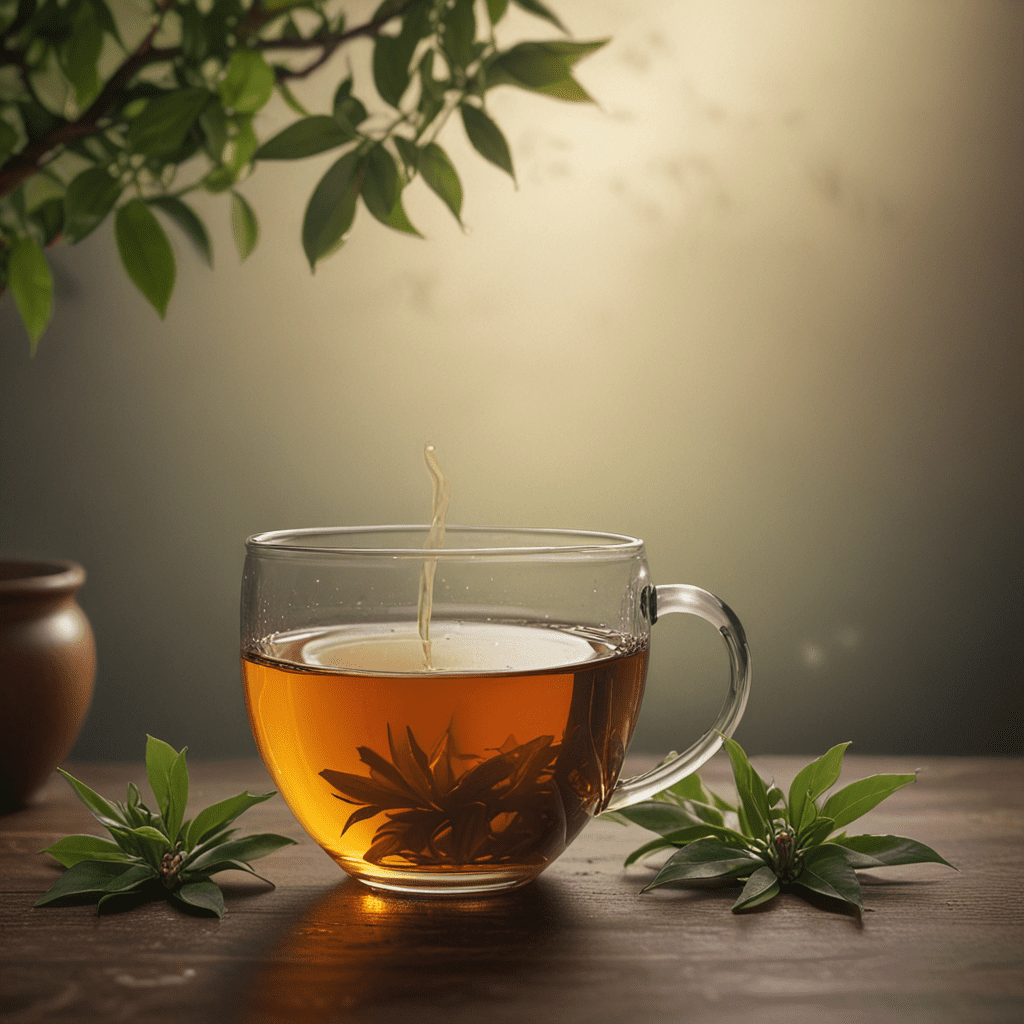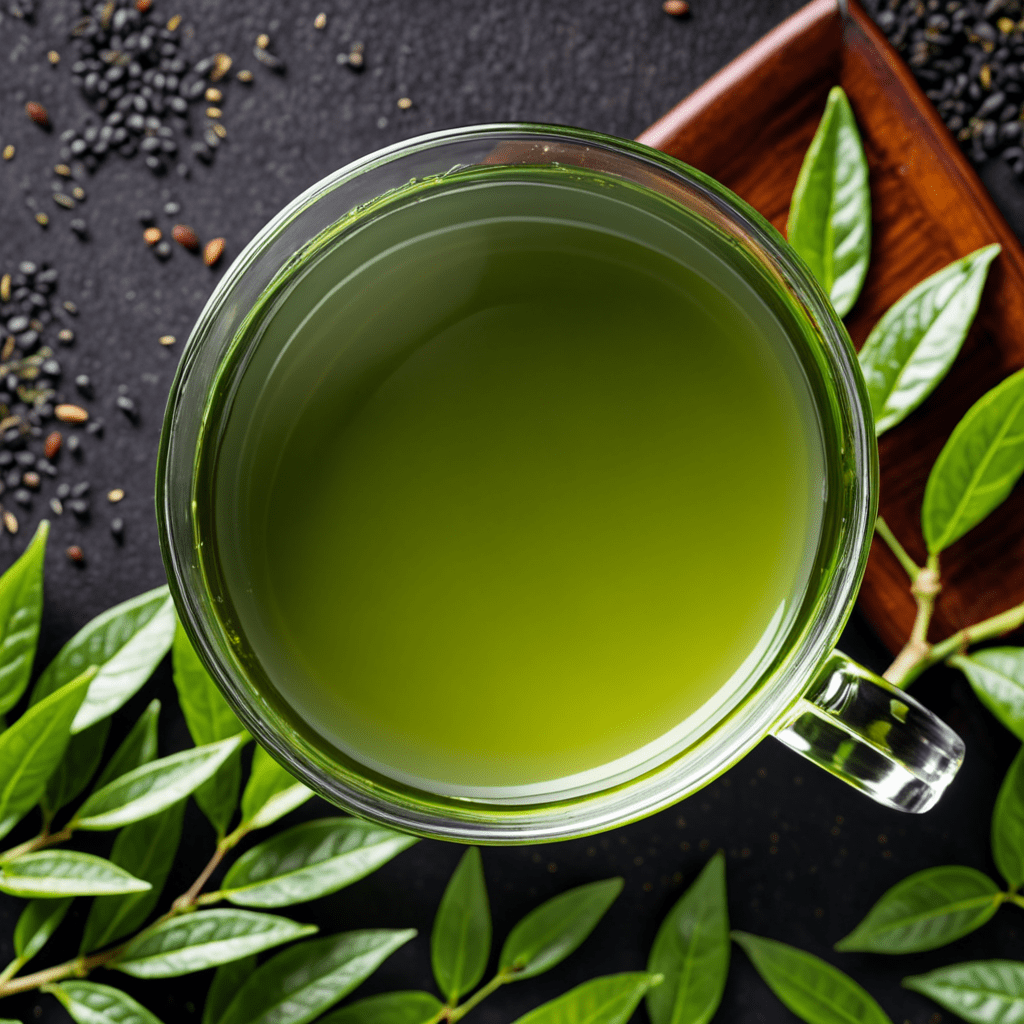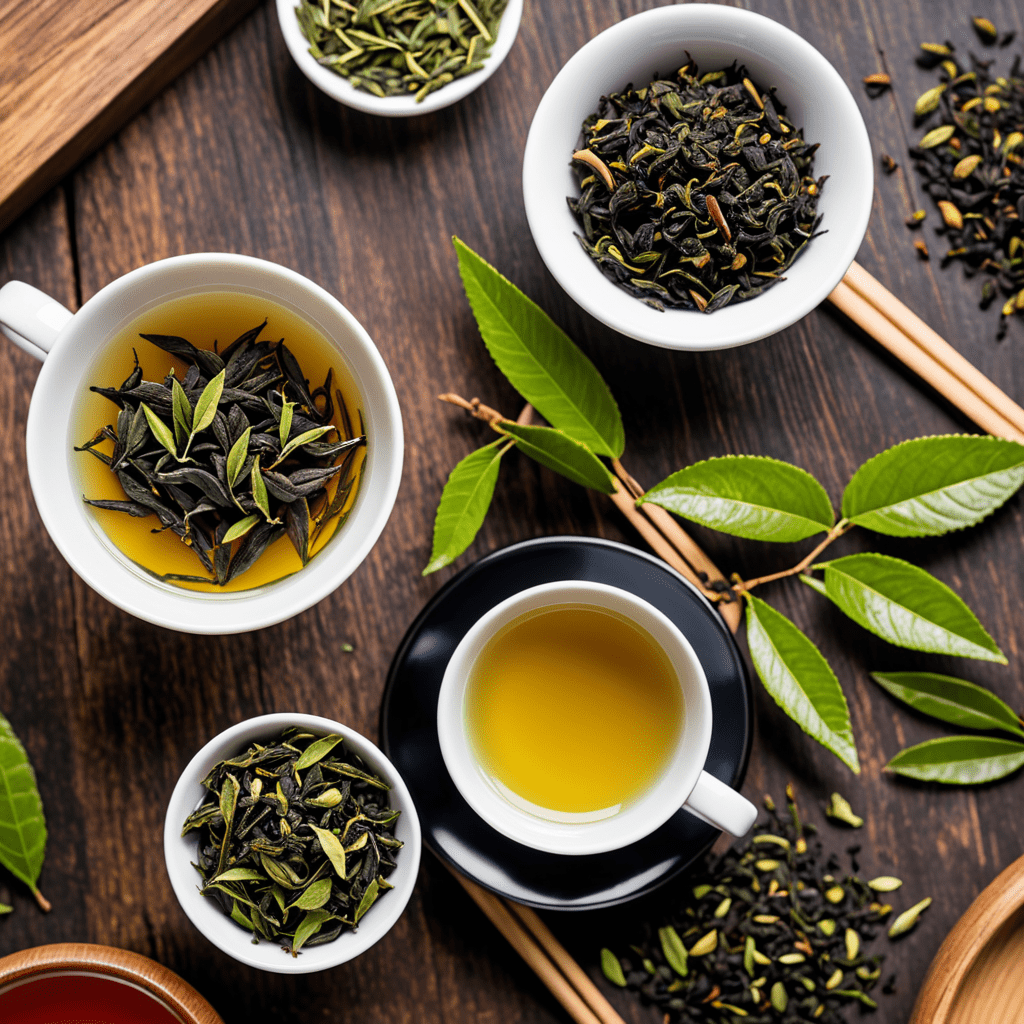
The Origins of Darjeeling Tea
In the foothills of the Himalayas, nestled amidst rolling hills and misty landscapes, lies the birthplace of an exquisite tea: Darjeeling. Known for its distinctive muscatel flavor and delicate aroma, Darjeeling tea owes its exceptional character to a unique confluence of factors, beginning with its storied origins.
The earliest cultivation of tea in Darjeeling can be traced back to the 19th century when the British East India Company established experimental tea gardens. These initial efforts proved unsuccessful due to the unfamiliar climate and soil conditions. However, in 1873, a Scottish planter named James Taylor planted tea seedlings from China and Assam, marking the dawn of Darjeeling's tea industry.
The Unique Terroir of Darjeeling
The exceptional quality of Darjeeling tea is inextricably linked to its distinct terroir, a combination of environmental factors that impart its characteristic flavors and aromas. The region's high altitude, ranging from 2,000 to 7,000 feet above sea level, creates a cool climate with ample rainfall and extended periods of sunlight. These conditions favor the slow growth of tea plants, allowing the leaves to develop their complex flavors and aromas.
The Time-Honored Art of Tea Cultivation
In Darjeeling, tea cultivation is a delicate art, practiced with time-honored techniques that have been passed down through generations. The tea bushes are grown in small gardens, lovingly tended by expert tea planters. Pruning and fertilization are carefully executed to ensure optimal growth and yield. The use of chemical fertilizers and pesticides is strictly prohibited, preserving the natural integrity of the tea plants and the surrounding environment.
The Delicate Process of Tea Harvesting
The timing of tea harvesting is crucial in determining the quality of the final product. In Darjeeling, the first flush, harvested in March and April, is widely regarded as the most prized. Tea leaves plucked during this period exhibit a light, floral character with hints of peach and apricot. The second flush, harvested in May and June, yields a fuller-bodied tea with a muscatel-like sweetness.
The Skillful Craftsmanship of Tea Processing
Once harvested, the tea leaves undergo a series of meticulous processing steps to develop their distinctive flavors and aromas. The leaves are first withered to reduce their moisture content, then rolled to release their essential oils. The oxidation process follows, where the leaves are exposed to air, allowing them to develop the desired color and flavor profile. Finally, the leaves are dried and sorted, ready for blending and packaging.
6. The Alchemy of Tea Brewing
The art of brewing Darjeeling tea is akin to alchemy, a delicate balance of time, temperature, and technique. The ideal brewing conditions vary depending on the specific type of tea, but general principles apply. Use freshly drawn, filtered water that has reached a rolling boil. Place one teaspoon of loose tea leaves for every 6 ounces of water into a teapot or tea infuser. Pour the hot water over the tea leaves and allow to steep for the recommended time: 3-4 minutes for first flush, 4-5 minutes for second flush. Over-steeping can result in bitterness, while under-steeping will yield a weak and underdeveloped brew.
7. The Ritualistic Preparation of Darjeeling Tea
In Darjeeling, the preparation of tea is elevated to a ritual, a ceremony steeped in tradition and mindfulness. The teapot is warmed with hot water before the tea leaves are added. The tea is then brewed using the prescribed water temperature and steeping time. Once steeped, the tea is poured into cups through a strainer to remove any loose leaves. Milk, sugar, or honey may be added to taste, but purists recommend savoring the tea in its unadulterated form to fully appreciate its delicate nuances.
8. The Sensory Journey of Darjeeling Tea
Tasting Darjeeling tea is a multi-sensory experience that engages the palate, the aroma, and even the mind. Its complex flavor profile defies easy categorization, yet the distinct muscatel character is a hallmark of this exceptional tea. The first sip offers a burst of freshness with notes of peach, apricot, or grapefruit. As the tea lingers on the palate, a subtle sweetness emerges, with hints of honey or caramel. The finish is clean, leaving a lingering aftertaste that invites contemplation and savoring.
9. The Spiritual Essence of Tea
For centuries, tea has held a profound spiritual significance in many cultures, and Darjeeling tea is no exception. Its cultivation, processing, and brewing are imbued with a sense of reverence and mindfulness. The act of preparing and sharing Darjeeling tea becomes a meditative ritual, allowing for introspection, calm, and a heightened awareness of the present moment. In this sense, Darjeeling tea transcends its role as a beverage and becomes a catalyst for inner exploration and spiritual growth.
10. The Zen Master's Guide to Tea Brewing
The Zen masters of Japan have refined the art of tea brewing into a meticulous ritual known as the "Way of Tea." They emphasize the importance of harmony, peace, respect, and purity in every step of the process. The Zen master's guide to brewing Darjeeling tea would focus on creating an atmosphere of tranquility, using high-quality water, measuring the tea precisely, and brewing it for the perfect amount of time. By following these principles, the tea brewer can cultivate a state of mindfulness and fully appreciate the exquisite flavors and aromas of this exceptional tea.
FAQs
Q: What is the best brewing method for Darjeeling tea?
A: The best brewing method is to use freshly drawn, filtered water that has reached a rolling boil and to steep the tea for the recommended time, usually 3-4 minutes for first flush and 4-5 minutes for second flush.
Q: How should Darjeeling tea be stored?
A: Darjeeling tea should be stored in an airtight container in a cool, dark place to preserve its freshness and aroma.
Q: What are the health benefits of Darjeeling tea?
A: Darjeeling tea is rich in antioxidants and has been shown to have a number of health benefits, including improved cardiovascular health, reduced inflammation, and enhanced cognitive function.
Q: What is the difference between first flush and second flush Darjeeling tea?
A: First flush Darjeeling tea is harvested in March and April and is known for its light, floral character with hints of peach and apricot. Second flush Darjeeling tea is harvested in May and June and yields a fuller-bodied tea with a muscatel-like sweetness.


